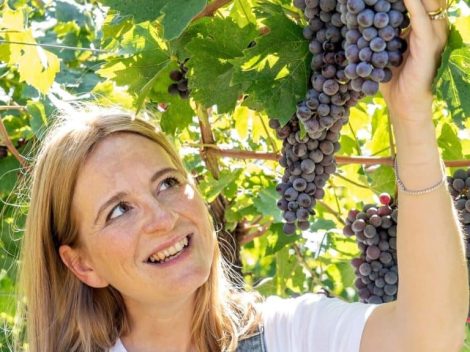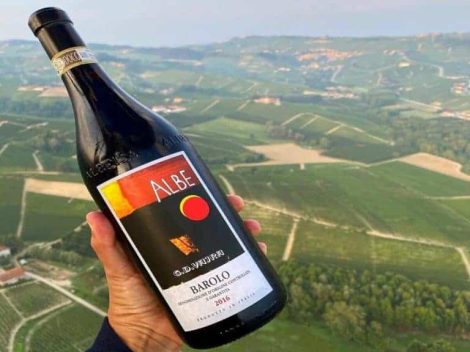The role of home recipes
Italian cuisine is no longer identified only with the family-style modest eateries, ice cream parlors, and cheap pizzerias as it was in past decades. This change is not just a result of the growing success of restaurants and chefs that propose recipes showcasing good techniques, creative recipes, and first-class ingredients. Home recipes play a crucial role in the experience of Italian culture's authenticity among foreigners due in part to the availability and relative affordability of products from Italy as well as the centrality of sharing and conviviality in the mainstream perception of Italian culinary traditions. Recipes are handed down from generation to generation, often on a female line, carrying special significance as they represent social identity, cultural pride, comfort, community, and emotional connections with families – especially when they are scattered around the world following the tides of diaspora. Although in reality they are often jealously guarded by those in the know, such traditions, and in particular the recipes they are built around, are accessible due to the generosity and the inherent desire to share the table that is often attributed to Italians, a table that is also known for certain rambunctiousness and lack of formality during meals. It is interesting how the family meal or the meal among friends becomes the metonymic representative of all Italian eating experiences. The formal dinner, for instance, rarely factors into this kind of discourse.

The figure of the nonna
The figure that emerges as the sacred priestess of all that is authentic is the nonna, the grandmother, who is elevated to mythical dimensions. Older nonnas in Italy at times carry on traditions that the fast changes of the 1960s and 1970s almost erased, when women either started joining the work force and had little time to prepare food or did not want to be stuck in the kitchen like their female elders, frequently making no effort to teach their offspring, male or female, how to cook. For the new generations that have to learn old recipes through television or the Internet, the figure of nonna – often decontextualized and turned into an archetype - is an anchor to a past that is increasingly perceived as a precious cultural treasure and the embodiment of heritage.
Nonna: the connection with the old country
The social role of nonnasis even more important, if possible, in migrant communities outside of Italy, as they often represent a connection – at times largely imaginary - with the old country, both linguistically and through family ties. Such emotional relevance may lead to overlooking how real-life nonnashad to change their recipes to adapt them to their new situations, the ingredients available on the market, the different rhythms of life, and the cultural expectations and attitudes of the host countries. Such contradictions are made clear in a Buzzfeed video where nonnas taste food from Olive Garden. In the video, the first generation nonnas, clearly identifiable by their accent, are horrified, while others, probably more removed from their Italian backgrounds, are thoroughly enjoying the dishes. It is inevitable that nonnasare commodified as guarantors of the quality and the traditional nature of the food they cook and serve as a 2017 commercial for Perfect Italiano cheese indicates. In that commercial, the nonnaalso plays the role of the somewhat stern superego that forces Italian women to stick to their traditions. Other times, nonnas are sweet and fun.

Perfect Italiano Cheese
Nonnas in the marketing sector
Inevitably, consumers abroad are becoming aware of how nonnas have turned into marketing tools at worst and into impossible symbols at best. A recent article on the satirical publication The Onion carried the hilarious title: “Italian Grandmother Doesn’t Have Heart To Tell Family Any Dipshit Can Make Lasagna.” In the article, a fictional and foul-mouthed nonna confesses she had learned her famed lasagna recipe from a box of Barilla pasta and expresses her annoyance at the attempts of her relatives to turn the dish into a “family treasure.” She states that the recipe is “truly easy as fuck” and continues arguing: “You know what’s hard to make? Soufflé. Not lasagna. Any knuckle-dragging dumbass off the street can set an oven to 375 and pop in a baking pan.”
Nonnas in commercial enterprises
Nevertheless, the presence of nonnas in commercial enterprises won’t disappear any time soon. As icons of conviviality and generosity they make Italian food available to outsiders. At times nonnas are called to make pasta by hand not only at home but also in restaurants, giving a seal of authenticity to the menu. They teach cooking classes, shoot video tutorials, and market food products. It can be argued that characters such as the nonna –together with others such as the humble artisan, the noble farmer, and the hardy fisherman - are deployed as an antidote to the fear of the inauthentic, which plays a central role in determining, for instance, which recipes are the most original and the closest to what is embraced as a legitimate tradition. Abroad, this can lead to misunderstandings and a lack of awareness that Italian cuisine in Italy has been changing and continues to change.
Contemporary Italian cuisine: adapting regional identities
Both at home and in restaurants, cooks and chefs in Italy want to try new things and express their creativity, even when this implies a complex dialogue with the past, with local and artisanal ingredients, and with regional identities that are often rediscovered but adapted and negotiated to respond to shifting needs, contexts, and preferences. That does not mean that they discount their grandmothers, who remain an important source of culinary knowledge and experience. Nevertheless, these relationships tend to be more organic and less commodified, where the nonna is not a marketing tool or, worse, an object to sell.
by Fabio Parasecoli

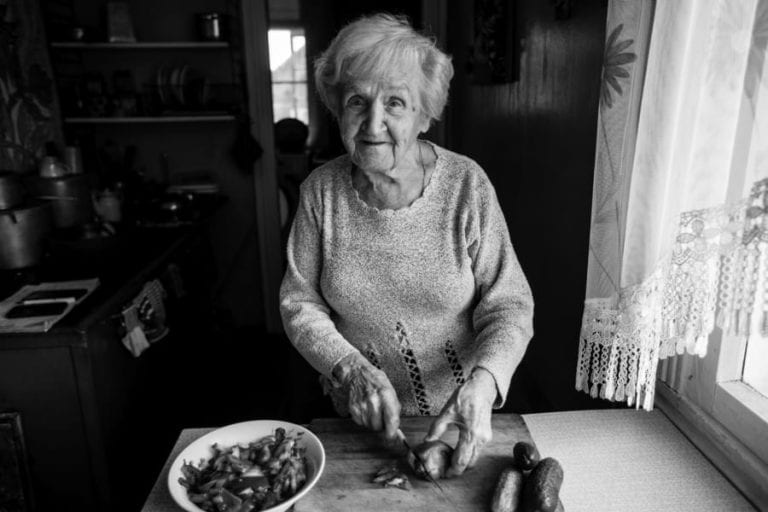

 Italian wine exports reach €5.1 billion in the first eight months of the year
Italian wine exports reach €5.1 billion in the first eight months of the year A Supertuscan takes the podium in Wine Spectator’s rankings
A Supertuscan takes the podium in Wine Spectator’s rankings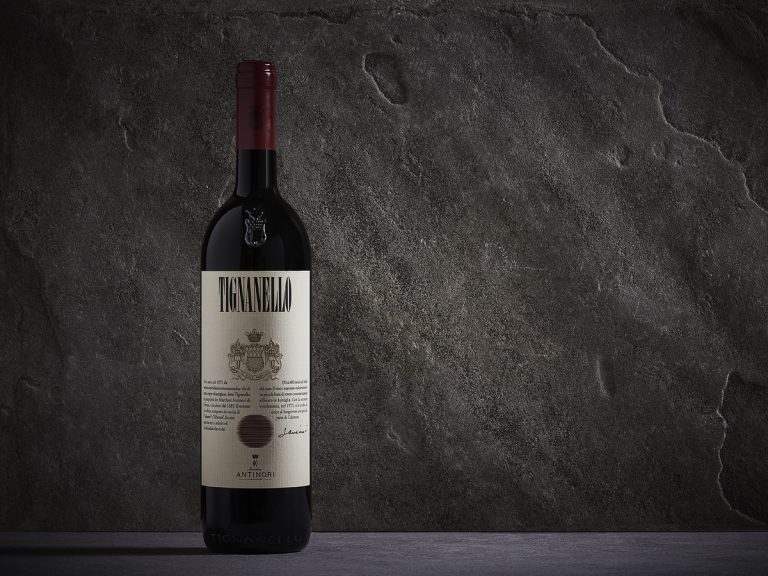 After 50 years, Tignanello still captures the spirit of the times
After 50 years, Tignanello still captures the spirit of the times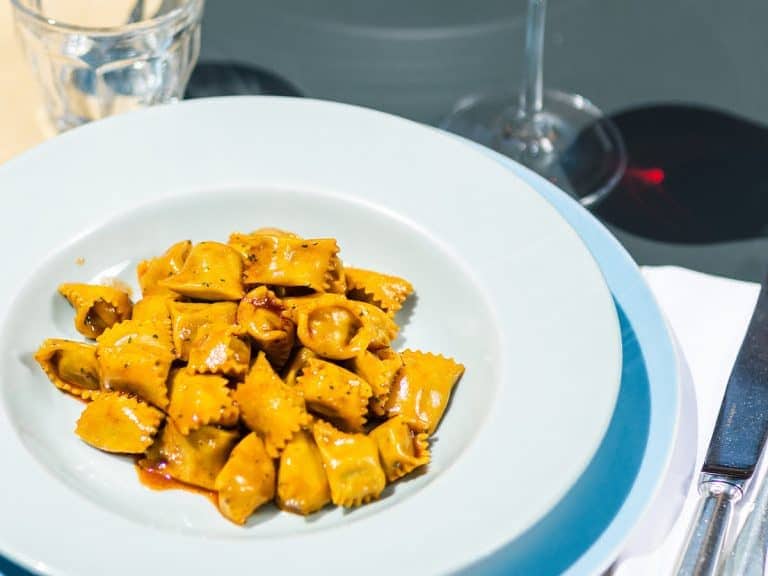 In the White Truffle Capital, one of Italy's best new trattorias (with the touch of one of Italy's top two Chefs)
In the White Truffle Capital, one of Italy's best new trattorias (with the touch of one of Italy's top two Chefs)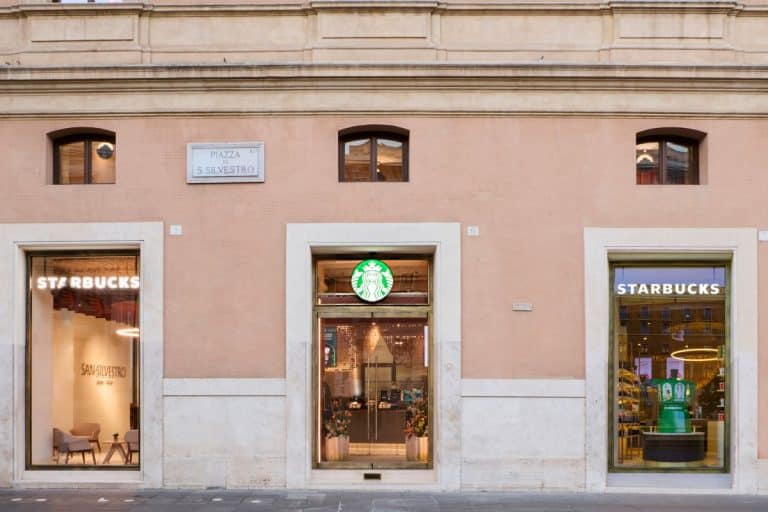 The first Starbucks flagship store in Europe opens in the heart of Rome, featuring a dedicated Mixology Bar
The first Starbucks flagship store in Europe opens in the heart of Rome, featuring a dedicated Mixology Bar

